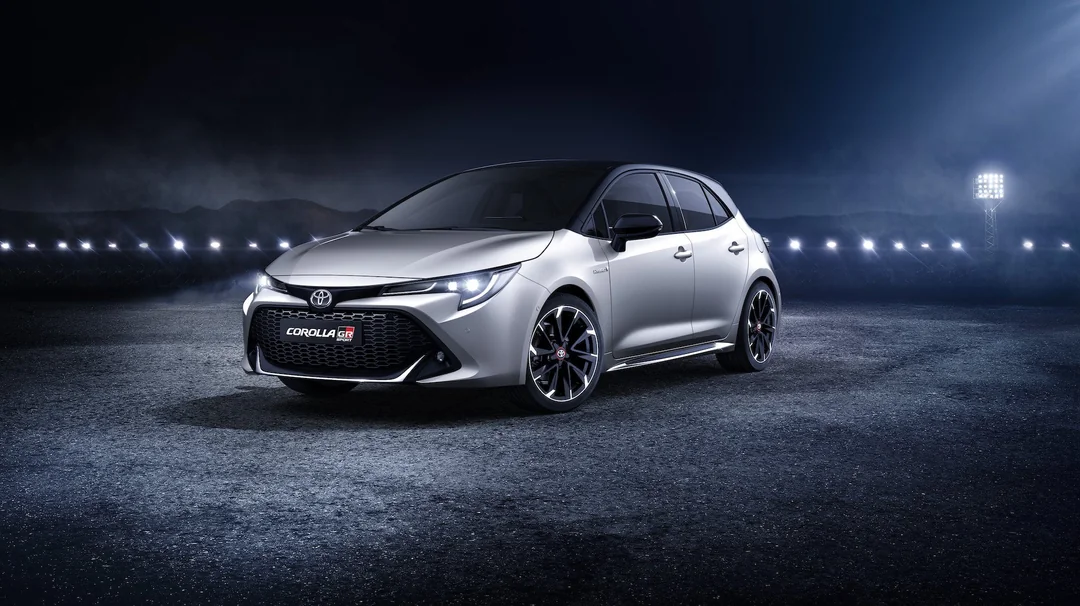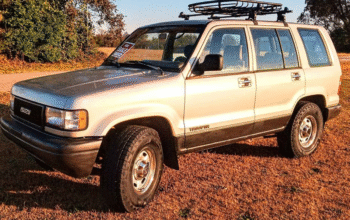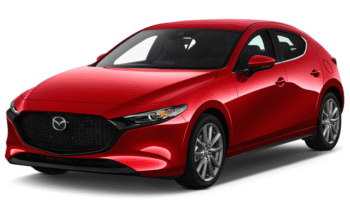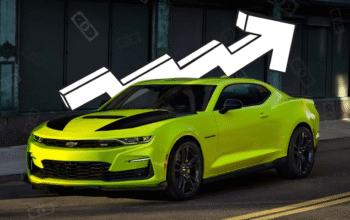The automotive troubleshooting, there is an underlying judgement that the more you pay, the mre value you receive. This judgement allows many drivers to conclude that a $20,000 sedan must be better than a $7,000 hatchback. In 2025, as car prices continue to rise with smart shoppers searching for value, this judgement is being challenged.
Hatchbacks, long considered the beasts of burden of the compact car segment, are demonstrating that size and price do not tell the full story. Now, when you think of sedans, even when they are entry-level new ones that sell for about $20,000, value typically fctors in such things as space and style to better ride quality.
So legitimately let’s put them up against each other. Is it possible a used or low-cost hatchback of $7K could compete—or even surpass—newer, pricier sedans in the areas of contribution, value, and everyday enjoyment? The answer may surprise you.
Initial Purchase Price: The Obvious Gap
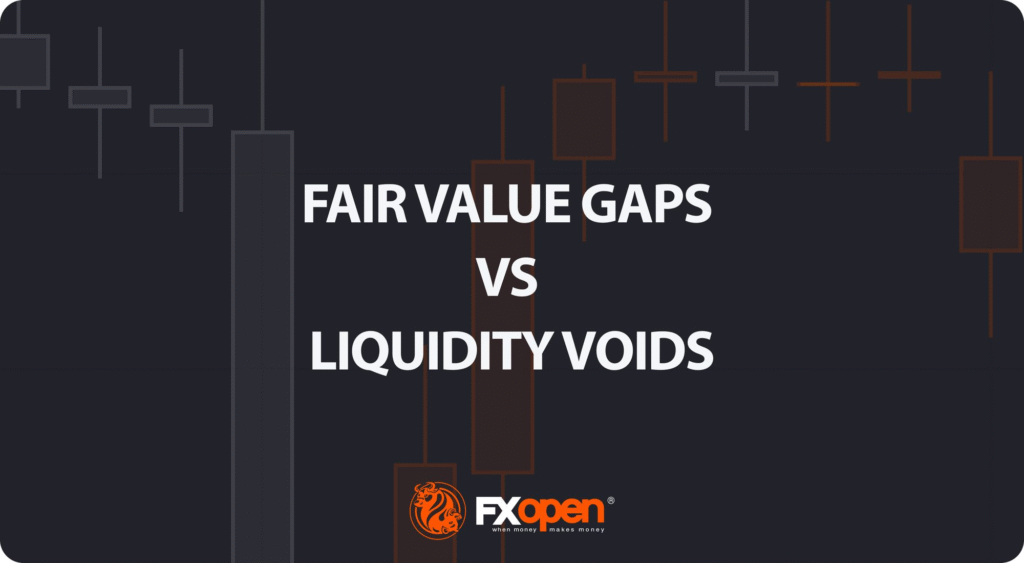
There is no denying the upfront price diffrence. A $7,000 hatchback will usually be a used vehicle (4-8 years old potentially, depending on mileage and make), while a $20,000 sedan is, more often than not, a new or near-new vehicle that has a full warranty and all of the most up-to-date safety features.
The price difference up front could be considerable. For those paying cash for the hatchback, they can walk away with a vehicle that they own outright. For those financing the sedan, they are paying monthly payments for some number of years; just that can free up thousands of dollars for the hatchback purchaser to spend on maintenance, insrance, or filling up the gas tank.
Insurance and Registration Costs: Another Win for the Hatchback

Insurance companies base premiums on many factors, but two important ones are the age of the car and its value in the market. A $7,000 hatchback will usually be cheaper to insure than a higher-end $20,000 sedan. Many hatchback owners choose liability only insurance coverage because their vehicle’s value does not warrant full coverage. This can save the owner hundreds, if not thousands of dollars a year.
In some areas, registration fees are also based on the vaue of the vehicle. The lower priced hatchback again gives the owner savings that continue year after year.
Fuel Efficiency: Hatchbacks Are Surprisingly Strong
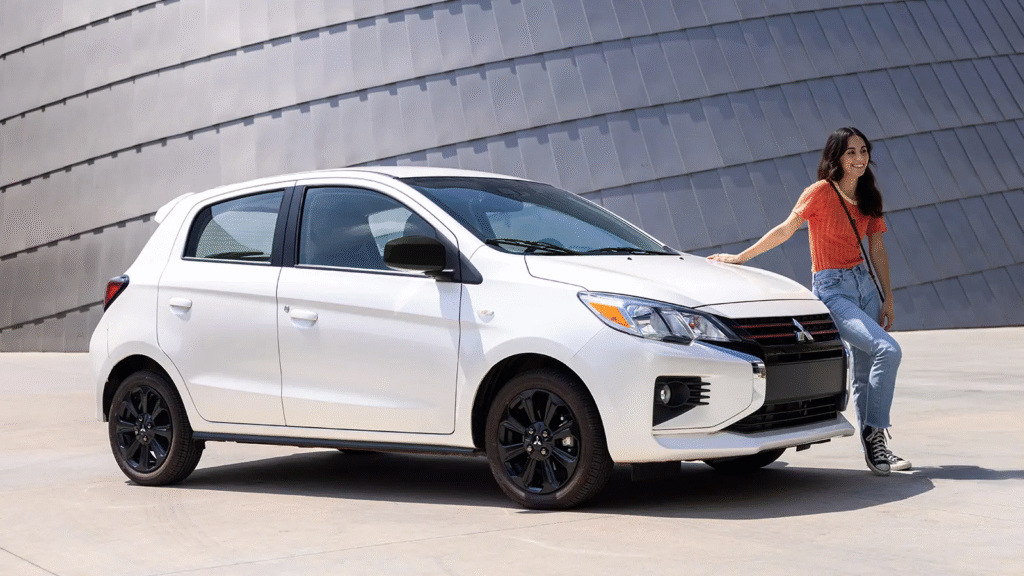
One of the most underrated benefits of many htchbacks is their fuel echttps://driveelite.site/onomy. Since they usually have smaller engines and tend to be lighter, hatchbacks generally use less fuel than their equivalent sedan counterparts.
Take the 2018 Toyota Yaris hatchback with a 1.5-liter engine, for example. It can easily achieve 35 to 40 miles per gallon. In contrast, a 2024 mid-size sedan like a Toyota Corolla or Honda Civic could average 30 to 36 miles per gallon. It’s not that the sedan is bad on gas, but the hatchback is still better in this comparison.
For a driver with a long daily commute, or anyone concerned with the price of fuel, that little bit in miles per gallon can really add up to savings over time.
Practicality and Space: Hatchback Versatility Surprises Many
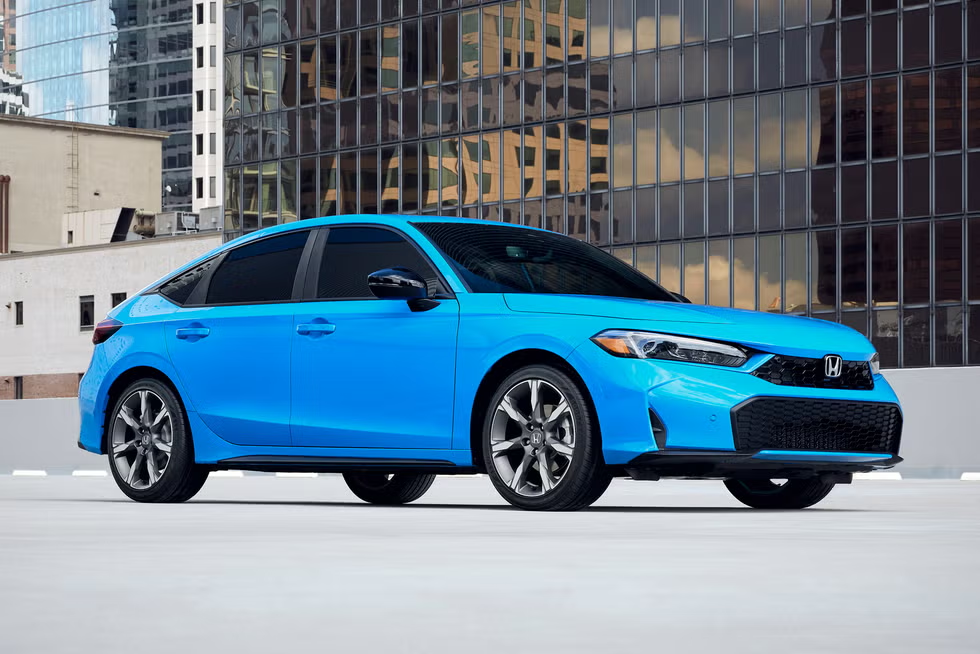
Hatchbacks present value in usability beyond their price point. Most people will think sedans have more space because they are longer overall, but hatchbacks tend to make better decisions when using interior volume. With fold flat rear seats and high cargo openings a hatchback often can carry larger or awkward things a sedan simply can’t.
Whether it is groceries, sports equipment, or a piece of flat-pack furniture, using a hatchback is not difficult. While you may not have a ton of rear seat space, in terms of real-world usability, a hatchback’s flexibility is better than a sedan’s trunk space that is generally not flexible at all.
For students, urban dwellers, or small families relying on a single vehicle for everything, this is significant utility.
Technology and Features: The Sedan Has the Edge—But Not Always
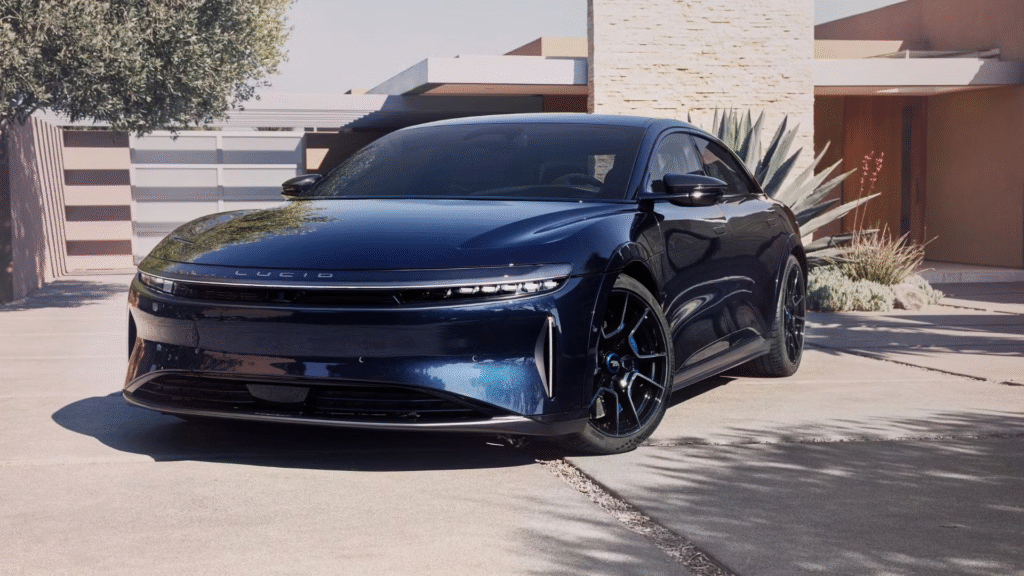
This is an area where newer sedans obviously have an advantage. Typically, our expectation is that a 2025 $20,000 sedan has modern technology: touch screen infotainment systems, Apple CarPlay and Android Auto, and various driver-assist systems like adaptive cruise control, lane assist and more.
That said, many used hatchbacks in the last five years also include functional features. For example, a 2019 Hyundai Accent or Honda Fit includes rear view cameras, touch screens, and Bluetooth in their normal packages – they just won’t include some of the flashier iterations of today’s vehicles.
If you’re not a tech person or only want to do the basics, the gap may not be as large as you think.
Driving Experience and Handling: A Matter of Preference
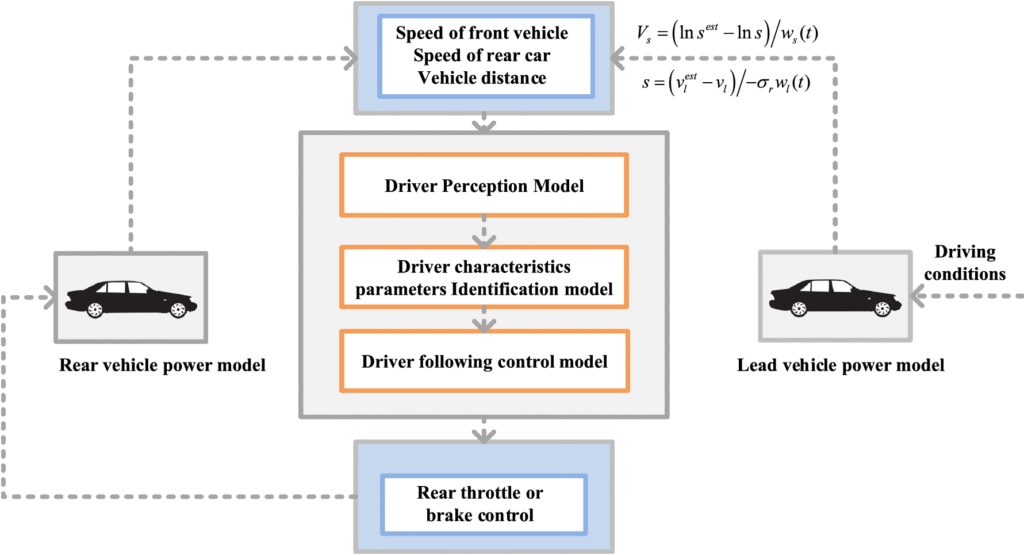
Sedans typically have better road isolation and may have a longer wheelbase, so they usually feel smoother and quieter on the highway. This can mean a more comfortable drive, especially for longer journeys. But hatchbacks are easy to maneuver, fun to drive, and a breeze to park. They are perfectly sized for urban driving, dense traffic, and the close contact of parallel parking in a busy city.
If you do most of your driving in a very urban area, you may prefer the agility of a hatchback over the comfort of a sedan. And if you’re a newer driver, that mini-design can be a lot less intimidating than a large roadblock.
Maintenance and Repairs: Simplicity Wins Again

Old hatchbacks offer a big benefit of simplicity over their newer cousins. A lot of these older hatchbacks have simple, naturally aspirated engines, normal suspension systems, and much less electronic gadgets and operating systems. This means fewer things that can go wrong and if something does fail in a hatchback of this age, it will likely be cheaper to repair.
New sedans often have less reliable designers, more complicated electronics, and seem to use all turbo charged engines. All of which may give you slightly better performance and comfort, but also seems to add to the basic cost of ownership when you have to repair something outside of warranty.
If you enjoy tinkering with cars and maintain a tight budget, an older hatchback will usually be a vehicle with much more flexibility in the long run.
Resale Value and Depreciation: Who Loses More?
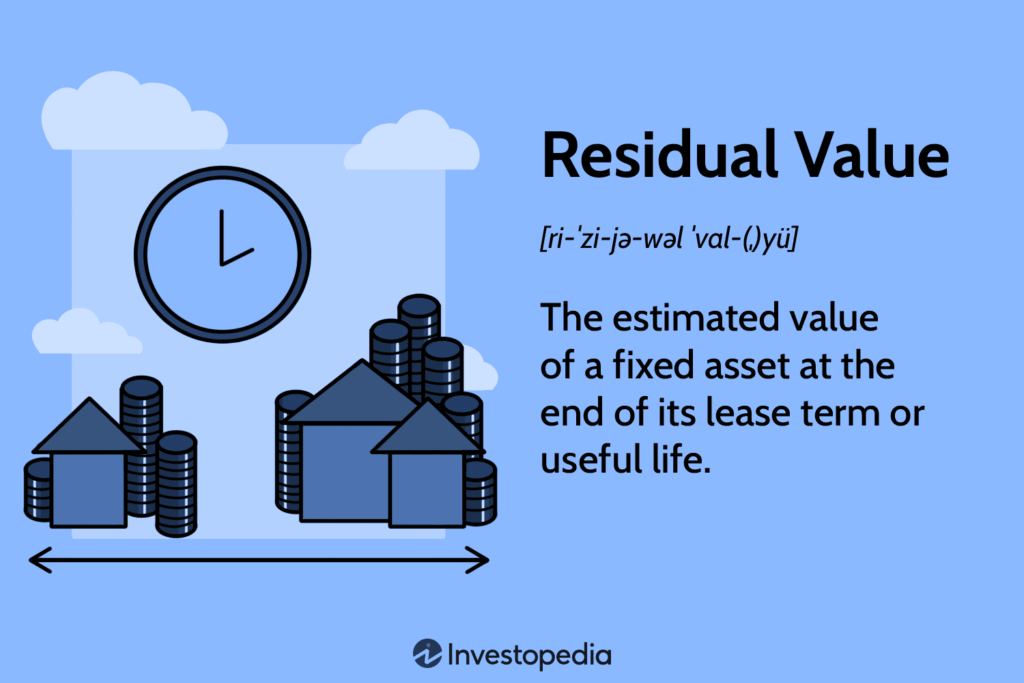
Depreciation is a silent killer of car ownership. For example, just because a car is worth $20,000 today, it may only be worth $16,000-$14,000 at year end one (20%-30% loss). By year five, it may only have a worth of $10,000-$12,000 (a significant loss for the owner).
Compare a $20,000 sedan with a $7,000 hatchback. The hatchback has likely already depreciated the most possible for a car (though it is possible it could be worth less than the overall original purchase price after driving for 90,000 miles). If the hatchback survives years two through five, it should be worth approximately $4,000-$5,000. Owner only lost a small amount on this vehicle purchase.
Consider all of the points, and as a car owner it is clear that the hatchback is a strong car owner investment, from an economic standpoint.
Who Should Choose the Hatchback?
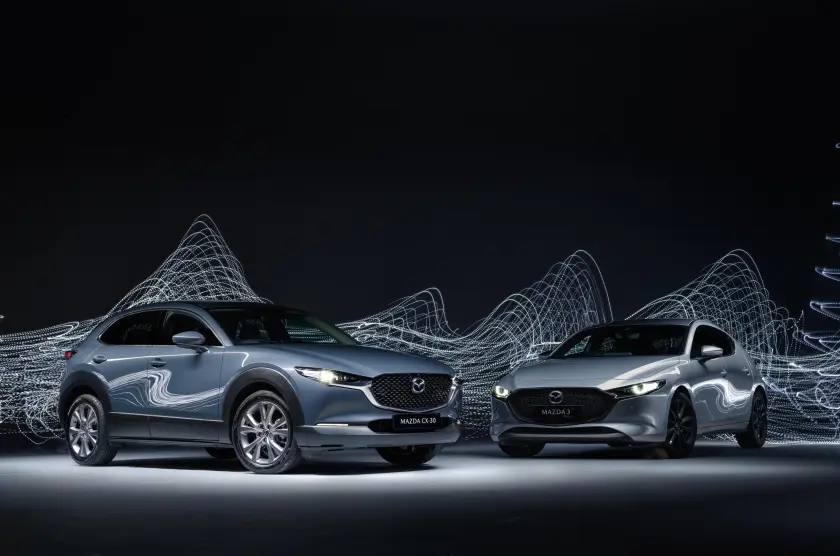
A $7K hatchback is an amazing vehicle choice for the first-time driver, a student, city commuter, or anyone else looking to drive debt-free. It’s also an excellent choice for families with a primary vehicle in need of a Second vehicle or anyone needing fuel efficiency and versatility.
If you do not mind some mileage, safely can do basic maintenance, and aren’t looking for the latest in fashion, the hatchback is plenty of car for most people’s daily driving needs.
Who Should Choose the Sedan?
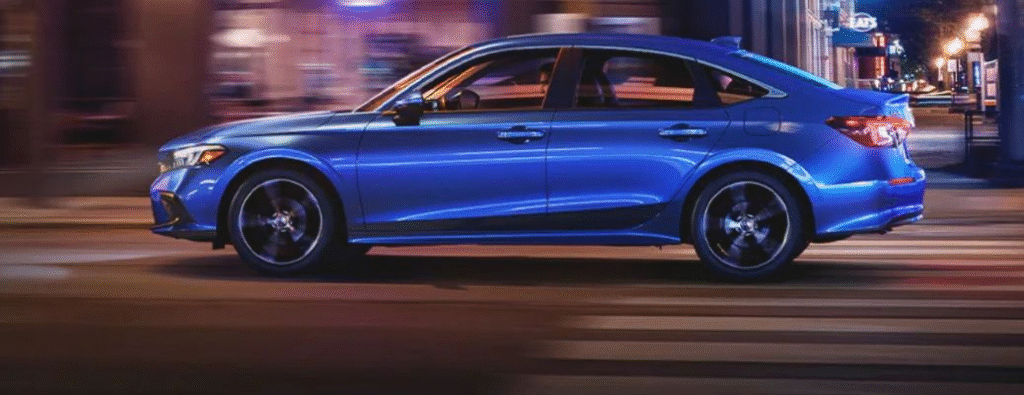
The $20K sedan seems more reasonable if you want a new-car warranty, value newer “active safety” technology, or primarily drive long distances on the highway where comfort is more important. The sedan is also better for people who want contemporary infotainment but don’t care about monthly payments or depreciation.
For business professionals, small families, or people who plan to keep their cars for a decade or longer, a sedan can feel more “complete” in terms of features and comfort.
Conclusion
Are you able to beat a $20K sedan with a $7K hatchback? Simply put, yes, in many circumstances. If you’re looking to minimize ownership costs, maximize practicality and flexibility, and maximize fuel economy, the hatchback is going to provide the most ‘bang for your buck’. It won’t have all the evolutionary niceties, but it does deliver an acceptable driving experience with some fun.
Now, there are advantages to their own to sedans. Comfort, tech, and refinement matter. For some buyers, $13,000 is a fair price to pay for those attributes.
Essentially, it goes back to your purposes alone—what do you need, how do you drive, and what budget do you have? In 2025, buyers looking for value won’t be discouraged by ‘price racks’ or ‘name brands’–sometimes value can be; found in small package that has an upside.

